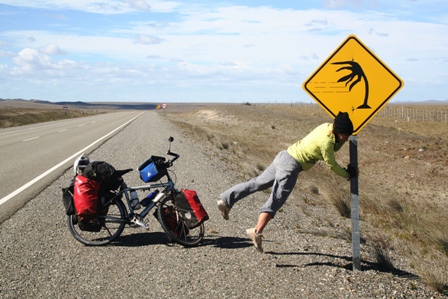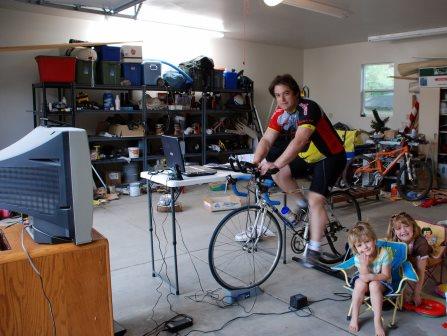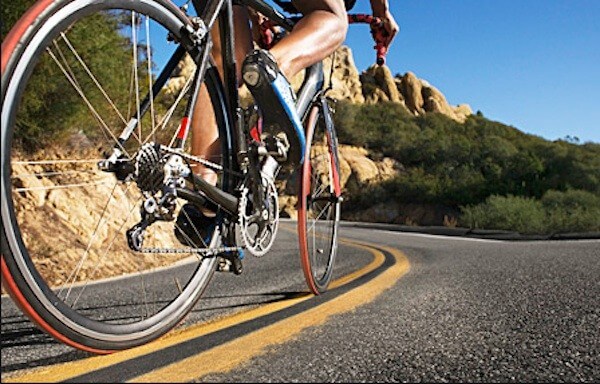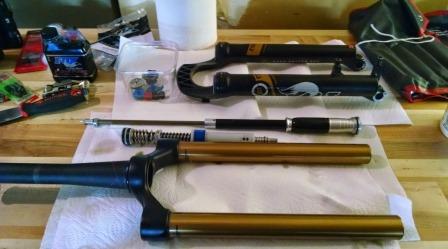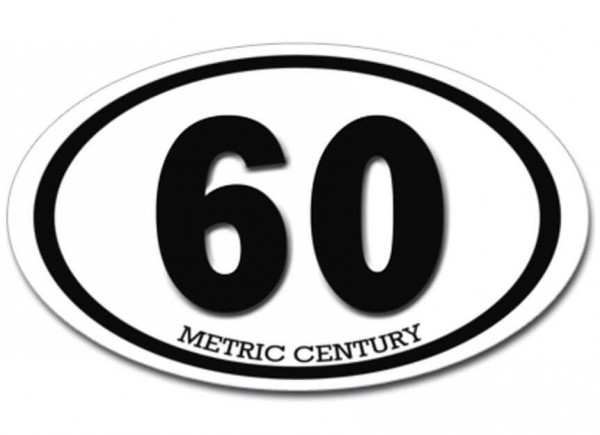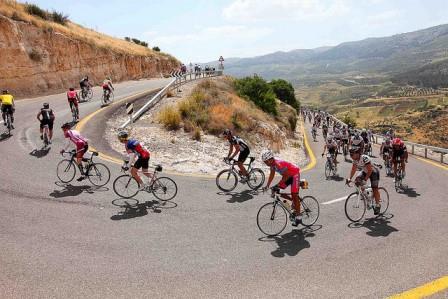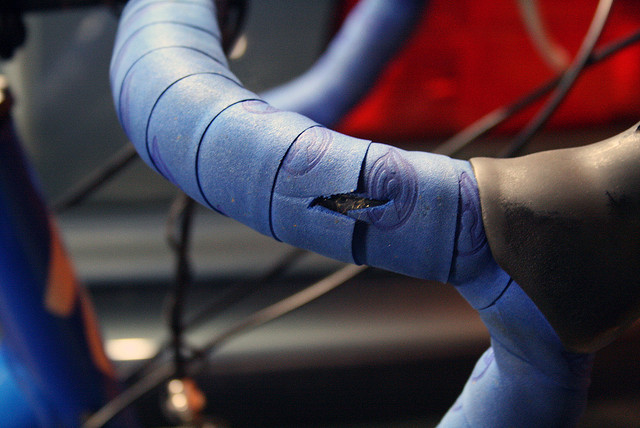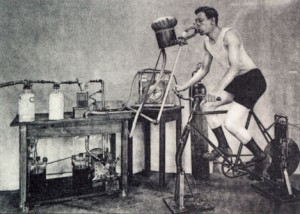“There’s always a headwind on a bike.” You’ve probably heard the saying many times, because it’s true. Cycling more than about 15 mph produces a steady breeze. Add a mild wind to that, and you’ve got a substantial barrier to smash through. Cycling in the wind though doesn’t have to be a fun-ride-break provided you know how to deal with it.
Cycling in the Wind – Cut in Half
Cycling in wind can cut your speed in half, requiring twice the effort for half the miles. You work twice as hard for the same output. Riding directly into a headwind, mile after mile can be a long, lonely ride, sapping spirit, killing moral and beating you to death. If not given the respect it deserves, it depletes the remaining reserve in your legs, heart and lungs. But don’t get discouraged. There are tactics you can employ to level the battlefield.
Dress Appropriately
There’s a reason why cyclists wear Lycra. The more formfitting your gear, the less forward momentum the wind saps from you which is why bike-specific clothing is a wiser choice than a windbreaker or everyday jacket. Department store gear isn’t designed for cycling. Large collars, open sleeves and a loose fit around your neck and waist all catches the wind. Any type of cycling specific jersey or jacket can be more aerodynamic by pulling zippers all the way up to your chin to prevent them from ballooning up like a parachute.
Gearing Matters
Ride in a lower gears than normal at a higher cadence. You probably can’t hold your favorite cruising gear for long in the wind. It will cost you some speed but you’ll be able to keep your stamina up longer. It’s fine to forfeit speed for endurance, it benefits you in the long run. Pushing bigger gears overworks your legs and causes you to run out of energy sooner.
Get Tucked
It’s a no-brainer, but if you duck down while cycling in the wind, and get in the drops, you’re less exposed to the wind. Aero bars can benefit you in this situation, but use them with care, they can be twitchy. But there’s more to it than just getting your torso out of the wind. Crouching and leaning forward compacts your body and you become an overall smaller target. With your hands on the drops you also have better control when a gust hits you from the side, or from any direction. You stand a better chance of keeping your bike straight and out of the ditch or traffic.
Don’t Fight It
Don’t try to maintain a set speed if it gets too much for you. Gusty wind changes speed. One minute it’s fast, you catch a break, and then it hits you again. Be flexible with the wind, and adjust your speed as necessary. You can’t beat it down like another rider.
Distract Yourself
Safety issues aside, listening to music blocks out fatigue-related symptoms such as burning lungs, the beating heart and lactic acid in the muscles. Studies have shown that listening to music while riding can reduce your perception of effort by as much as 10 per cent. You’ll be pedaling harder without even noticing. Use music with a beat that will match your cadence if possible.Use music as a distraction only when you can do so safely and only ever wear an earbud in one year so you can still hear traffic and other dangers.
Plan Your Route
Long distance cyclists take advantage of the wind when possible when the ride is planned in stages. You should know the weather patterns in your area by now. Plan on riding against the wind the first half of your ride then on the way back you’ll have a nice tail-wind to get you home feeling good. It sounds good in theory anyway, but if you’ve been out there before, you already know that the wind changes direction just when you need to rely on it. It’s almost a given. Just do your best and hope for the best.
Surface Heating
Calm morning rides can be some of the most memorable rides you can imagine. Surface heating in the morning is a condition that can aid you in your search for the perfect ride. Also evening twilight rides just before the sun sets can be calm. Of course this depends on where you live as some places like the beach, the higher winds can be at these times.
How it Works
When the sun heats a section of wide open spaces it creates surface heating. As the air rises, wind flows in to fill the void. That’s why the wind often starts to stir about mid-morning. It happens everywhere there’s flat ground. It almost always happens in the same direction, and you can plan your ride around it. Unfortunately, if there’s a weather front already in place, it might not work. Watch for local weather conditions the night before to help you get a grasp on wind direction and speed.
Terrain and Trees
Try to plan your ride when cycling in the wind. Look at roads with windbreaks such as hedges, or natural land formations that block the wind. Trees are always good for sheltering you from gusty winds. Buildings work, albeit briefly, depending on where you live, and the distance you plan on doing.
Training
Professionals know that cycling in the wind can be a definitive training tool. Don’t let it go to waste. Run a series of intervals, cranking out your best effort briefly facing into the wind. Allow the wind to keep your speed up as you cool down between efforts with it at your back, then flip it and do it again. Wind training can help you climb better. The resistance is very similar to riding hills or rollers. Use it to your advantage.
Positive Attitude
A positive attitude is the overall best approach for cycling in the wind, it tests your resolve. It tests your endurance, strength and spirit. If you can live with it, some cyclists, depending on their location, consider windy conditions as normal, and they go on to beat other cyclists in competitions where there is little wind. No matter where you live, wind is always going to be an issue for cyclists. Embrace it.
D0n’t Be Afraid to Lose
Wind isn’t your enemy. It has no animosity toward you as a cyclist. You don’t have to beat it at all. If cycling in the wind is too much for you or becomes dangerous in any way, don’t be afraid to call it quits. Put your feet up in your favorite chair and wait for another day. The blacktop isn’t going anywhere soon.
